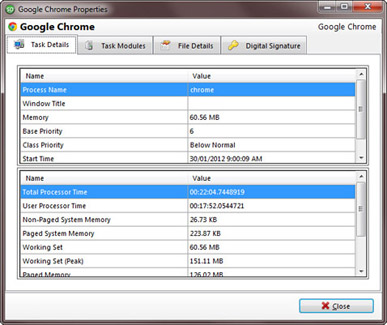

The next sections describe the portions of the boot process specific to BIOS-based systems and are followed with a section describing the EFI-specific portions of the boot process. EFI is a newer standard that does away with much of the legacy 16-bit code that BIOS systems use and allows the loading of preboot programs and drivers to support the operating system loading phase. The early phases of the boot process differ significantly on systems with a BIOS (basic input output system) versus systems with an EFI (Extensible Firmware Interface). Along the way, we’ll highlight the points at which various on-screen messages appear to help you correlate the internal process with what you see when you watch Windows boot. Then we’ll describe how the executive subsystems initialize and how the kernel launches the user-mode portion of Windows by starting the Session Manager process (Smss.exe), which starts the initial two sessions (session 0 and session 1). Device drivers are a crucial part of the boot process, so we’ll explain the way that they control the point in the boot process at which they load and initialize. In describing the Windows boot process, we’ll start with the installation of Windows and proceed through the execution of boot support files. Finally, we’ll explain what occurs on an orderly system shutdown. Then we’ll explain the kinds of things that can go wrong during the boot process and how to resolve them. Understanding the details of the boot process will help you diagnose problems that can arise during a boot.


 0 kommentar(er)
0 kommentar(er)
